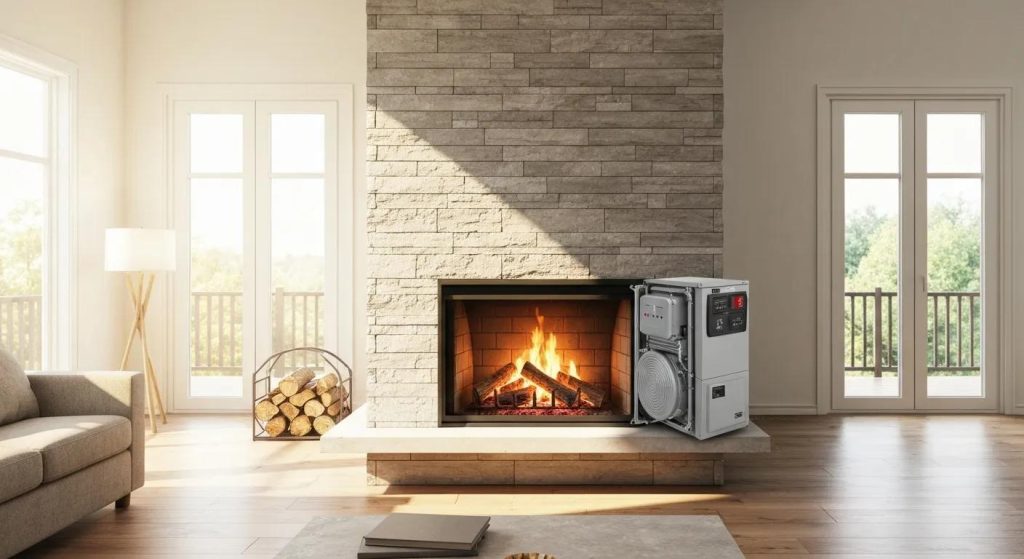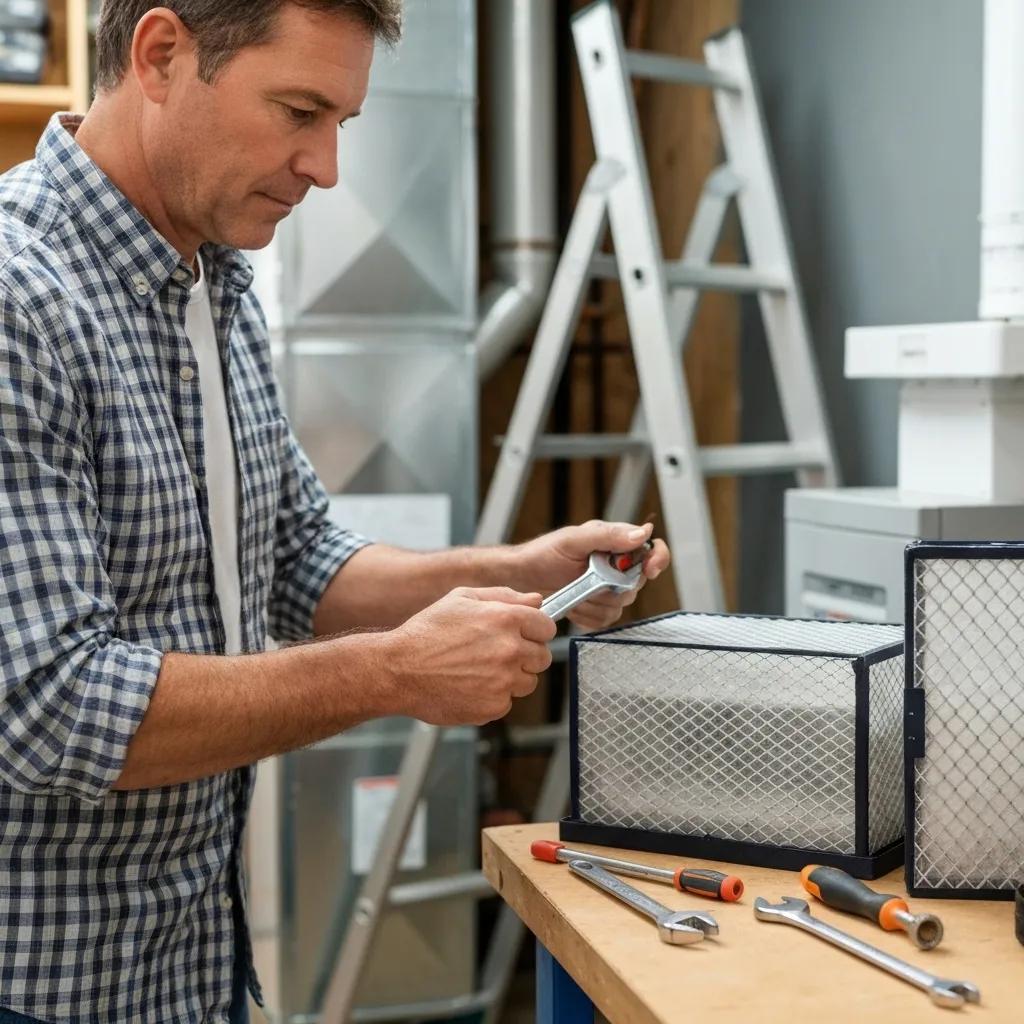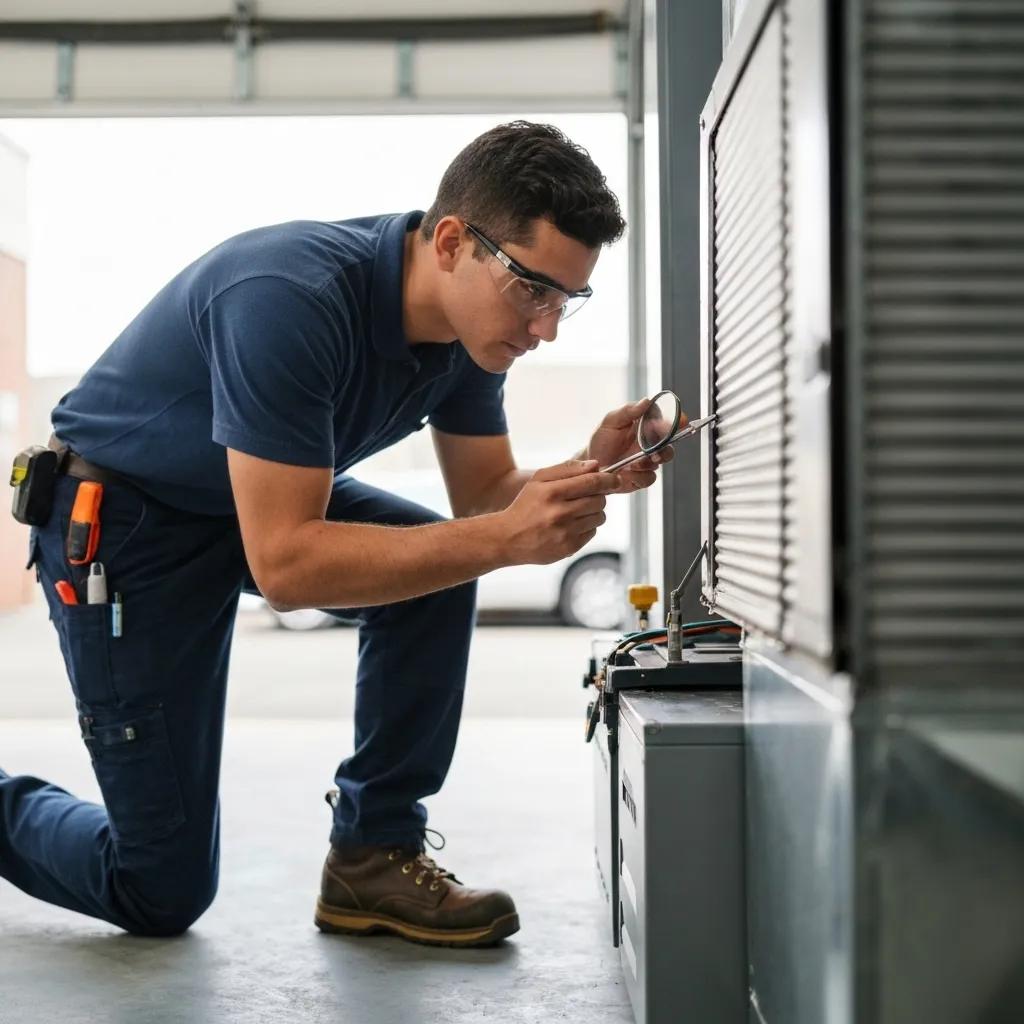
Fall Furnace Checkup & Cost Guide to Keep Your Home Winter-Ready
As the chill of Northwest Indiana sets in, ensuring your heating system is in top shape is crucial for safe, efficient, and dependable warmth. A fall furnace checkup is your proactive step, focusing on key components like filters, heat exchangers, and carbon monoxide detectors. This routine care not only safeguards your family but also boosts your energy savings and extends the life of your appliance.
In this guide, we’ll cover:
- The importance of fall tune-ups for safety, efficiency, and longevity
- Simple DIY checks for your air filters, thermostat, and vents
- What a professional service entails and why it’s a smart investment
- Typical costs involved and what influences them
- The best timing for your service and how to pick the right HVACtechnician
By the end, you’ll be well-equipped to get your furnace winter-ready and know exactly where to turn for a free estimate or service appointment.
Why Is a Fall Furnace Checkup Crucial for Safety and Efficiency?
A fall furnace checkup involves thorough inspection, cleaning, and adjustments to ensure optimal heat delivery and minimize safety risks. By examining critical parts like combustion chambers, airflow paths, and electrical systems before the cold truly hits, you can prevent unexpected breakdowns, cut down on heating costs, and maintain healthy indoor air quality.
- Ensures Safe Combustion: Helps identify cracked heat exchangers and potential gas leaks, preventing dangerous carbon monoxide hazards.
- Maximizes EnergyEfficiency: Restores proper airflow and burner function, leading to reduced fuel consumption.
- Extends Equipment Life: Regular cleaning and filter replacement reduce wear and tear on vital components like fan motors and ductwork.
- Avoids Emergency Repairs: Early detection of potential issues means fewer costly breakdowns during the busiest times.
- Preserves Manufacturer Warranty: Keeps your warranty valid by meeting annual maintenance requirements.
- Improves Indoor Air Quality: Removes accumulated dust and debris, contributing to a healthier home environment.
These advantages provide a solid foundation for both your own DIY efforts and professional inspections.
How Does Fall Maintenance Prevent Carbon Monoxide Leaks and Hazards?
Fall maintenance focuses on the integrity of your heat exchanger and the precise calibration of your burners. This is key to preventing incomplete combustion, the process that generates carbon monoxide. By carefully inspecting seals and flue pathways, we ensure that exhaust gas is safely vented outside. Testing your carbon monoxide detectors also confirms that your early warning systems are fully operational before the heating season kicks off, enhancing your home’s safety from the start.
What Are the Energy Efficiency Benefits of a Fall Furnace Tune-Up?
A fall furnace tune-up significantly boosts heat transfer efficiency. This is achieved by cleaning burners, lubricating blower motors, and replacing clogged air filters. These actions restore your system to its peak performance, potentially lowering fuel usage by up to 10 percent. It also optimizes your thermostat‘s responsiveness, leading to measurable savings on your winter energy bills and a reduced environmental footprint.
How Does Regular Maintenance Extend Furnace Lifespan?
Routine checkups are vital for reducing strain on your furnace’s moving parts. By ensuring proper lubrication, keeping vents clear, and balancing airflow, you prevent undue stress on the heat exchanger and fan assembly. A well-maintained furnace can operate effectively for several years longer, delaying expensive replacements and protecting your investment in home comfort. These lifespan benefits, combined with the safety and efficiency gains, make DIY maintenance a valuable part of your home care routine.
What Are the Key DIY Steps for a Fall Furnace Checkup?

Homeowners can easily perform essential furnacemaintenance in four simple steps, helping to improve system performance and catch potential issues before winter arrives.
How to Check and Replace Your Furnace Air Filter Properly?
For your safety, always start by turning off the power to your furnace. Find the filter compartment, slide out the old filter, and check it for dust buildup. Install a new filter, making sure to match the correct MERV rating and observe the indicated airflow direction arrow. This straightforward task improves airflow, reduces energy consumption, and helps maintain cleaner indoor air. A fresh filter is the first step toward accurate thermostat control and better air quality.
How to Test Your Thermostat and Carbon Monoxide Detector?
Set your thermostat to signal for heat and listen to confirm the furnace ignites. Verify that the display accurately shows the current room temperature. For your detectors, simply press the test button on each one to ensure the alarms and batteries are working correctly. Confirming these controls are functional prevents unexpected interruptions and maintains essential safety monitoring. After verifying your controls, clear the area around your furnace to ensure optimal airflow.
What Cleaning Tasks Should Homeowners Perform Around the Furnace?
Make sure to clear any debris, stored items, or accumulated dust from the area surrounding your furnace and from your supply vents. You can use a soft brush to gently clean any accessible blower blades and remove surface grime. Keeping the furnacespace clear promotes unobstructed airflow, reduces fire hazards, and helps maintain your equipment’s efficiency. A clean workspace ensures that professional tune-up tasks can be performed even more effectively.
What Does a Professional Fall Furnace Tune-Up Include?

How Is the Heat Exchanger Inspected for Safety and Cracks?
Our technicians conduct thorough visual inspections, often using specialized borescopes, to meticulously examine the heat exchanger’s seams and welds for any signs of stress fractures. Identifying even hairline cracks is critical, as it prevents carbon monoxide from entering your living spaces and confirms the unit’s structural integrity before significant wear occurs. This in-depth safety check is a vital part of the overall mechanical servicing.
What Are the Steps for Blower Motor Lubrication and Electrical Checks?
Certified technicians will carefully remove access panels to reach the blower motor. They then apply manufacturer-approved lubricants to the bearings, ensure all wiring connections are secure, and test the motor’s amperage draw. These steps are essential for eliminating operational noise, reducing electrical resistance, and guaranteeing reliable startup throughout the heating season. Proper lubrication also supports the precise gas pressure adjustments that follow.
How Are Gas Pressure and Pilot Light Systems Adjusted During Tune-Up?
Using specialized manometers and gas pressure gauges, our professionals precisely set the inlet and burner pressures to meet factory specifications. They meticulously inspect ignition components, clean the pilot or spark assemblies, and adjust the flame for complete combustion. This detailed calibration not only enhances efficiency but also prevents issues like pilot outages and wasted gas. Once performance is optimized, we can discuss cost considerations more clearly.
How Much Does a Fall Furnace Tune-Up Cost and What Affects Pricing?
Investing in a typical furnace tune-up is a reasonable expense that yields significant long-term savings and peace of mind regarding safety.
| Furnace Type | Average Tune-Up Cost | Why Value Matters |
|---|---|---|
| Gas Furnace | $80 – $150 | Optimized combustion means less wasted fuel. |
| Electric Furnace | $70 – $150 | Motor checks and wiring inspections help prevent downtime. |
| Oil Furnace | $100 – $200 | Cleaning the fuel nozzle improves heat output. |
| Multi-Stage Systems | $120 – $200 | Complex calibration ensures peak efficiency. |
These price ranges are helpful for budgeting your annual service and highlight how targeted maintenance provides substantial returns through energy savings and extended equipment life.
Which Factors Influence Furnace Tune-Up Costs?
- Equipment Complexity: More advanced systems, like multi-stage or modulating furnaces, require more detailed calibration.
- Local Climate and Demand: Service charges can sometimes increase during peak seasons due to higher demand.
- Service Plans: Enrolling in a membership agreement can often lower the cost per visit and provide priority scheduling.
- Manufacturer Requirements: Some warranties stipulate specific service levels and frequencies that must be met.
Understanding these factors can help you plan effectively and select the most cost-efficient maintenance solution, making timely scheduling easier.
When Should You Schedule Your Fall Furnace Checkup and How to Find a Technician?
It’s best to book your annual inspection in early fall. This ensures you can secure your preferred appointment times and guarantees uninterrupted warmth as soon as the temperatures start to drop. Scheduling now helps avoid winter emergency calls and allows for a more even distribution of technician resources.
Why Is Early Fall the Best Time for Furnace Maintenance?
Scheduling your service in early fall helps you bypass the seasonal rush that typically begins once colder weather arrives. Booking an appointment in September or October means technicians can conduct thorough inspections at your convenience, reducing the risk of delays when heating demands are at their highest. Acting early also ensures your filters and detectors are ready for your next DIY check.
How to Choose a Qualified HVAC Technician for Your Furnace Tune-Up?
Look for a licensed professional who holds relevant HVAC certifications and has a strong local reputation. Always ask for proof of insurance, inquire about service guarantees, and confirm that all labor and parts used meet manufacturer standards. This careful selection process ensures you receive expert service, reliability, and peace of mind throughout the entire heating season. With a trusted technician ready to assist, you can look forward to a winter of comfortable, worry-free warmth.
Taking these steps now will ensure your furnace operates safely, efficiently, and reliably when winter weather arrives. Reach out to your local HVAC expert today to get a free estimate or schedule your fall furnace checkup, and enjoy a season of comfortable, worry-free living.